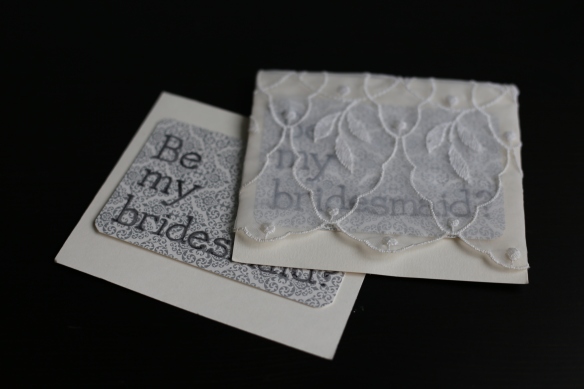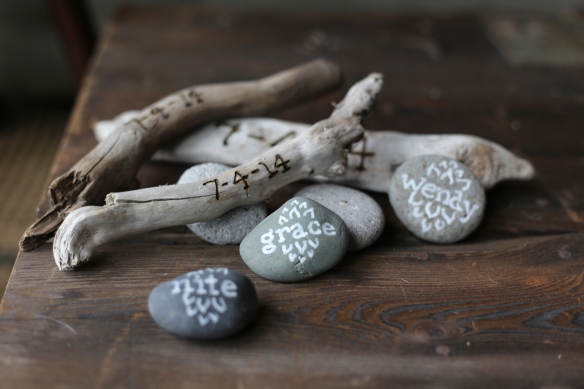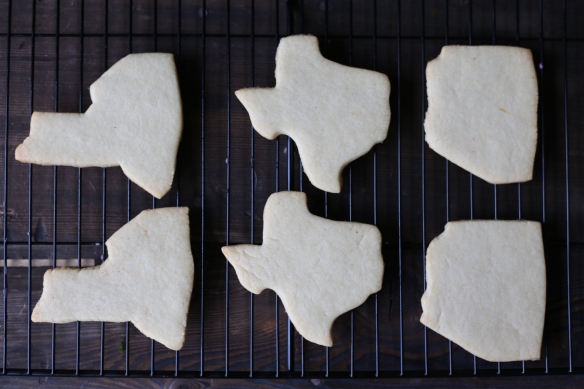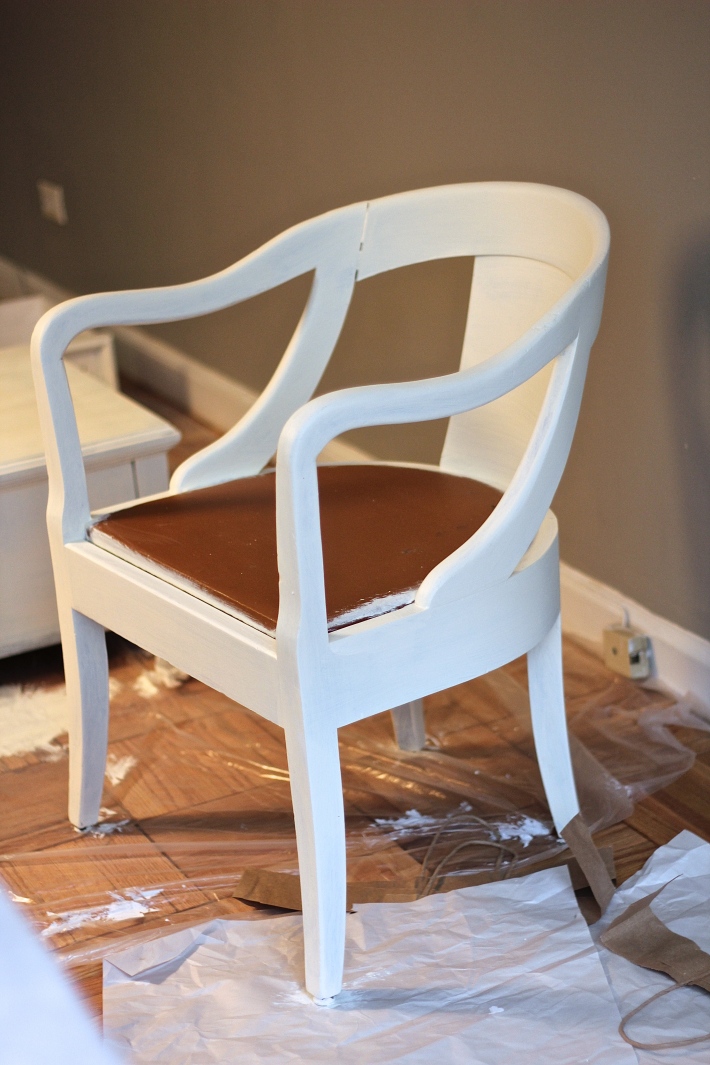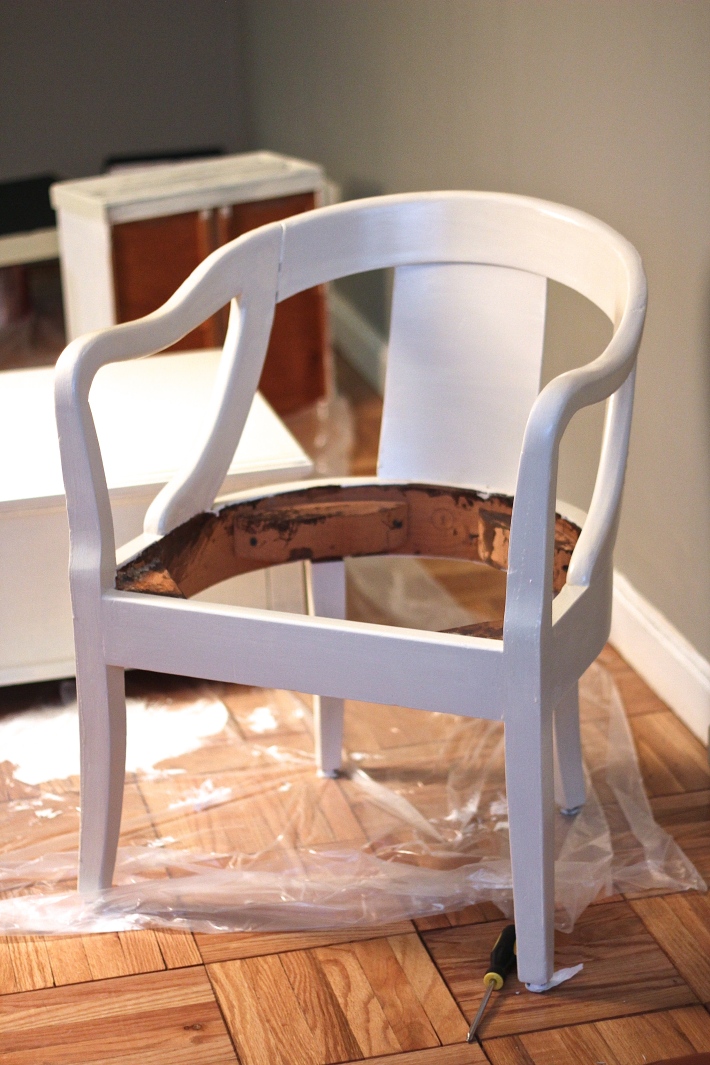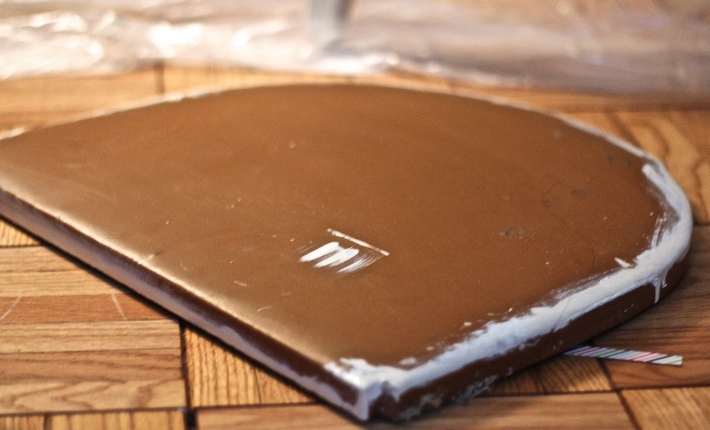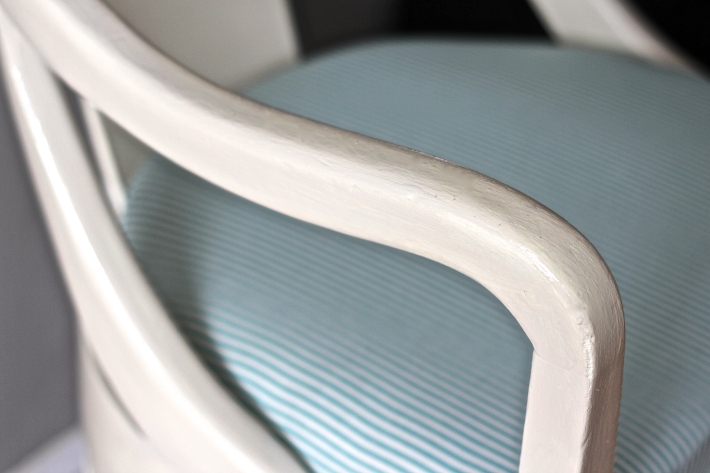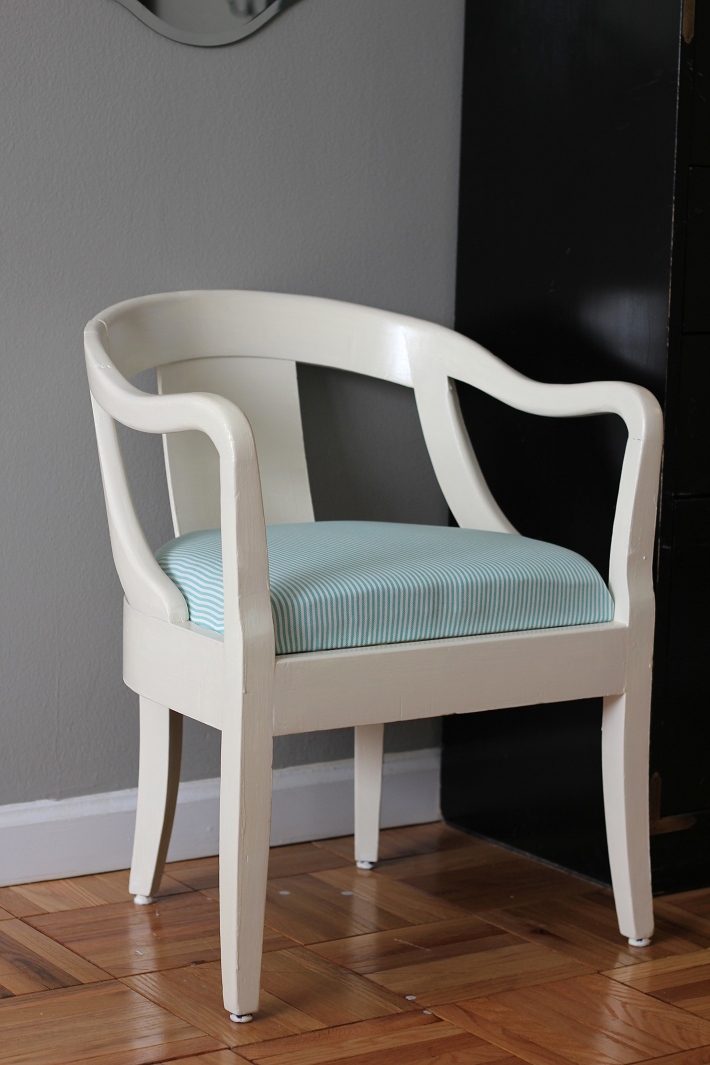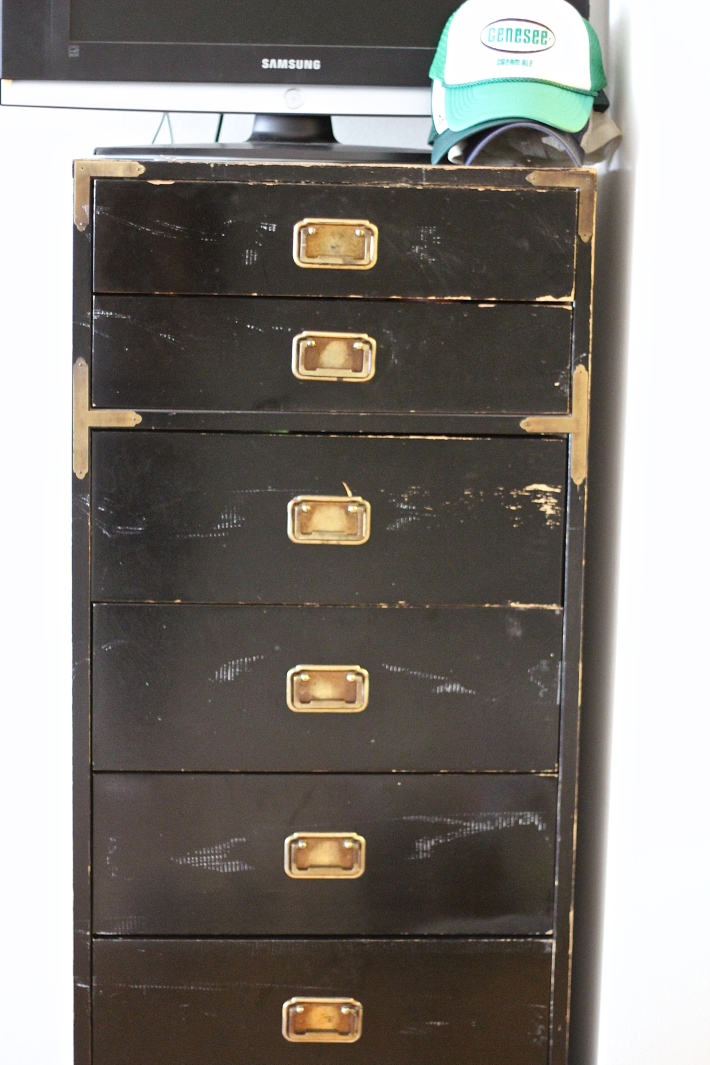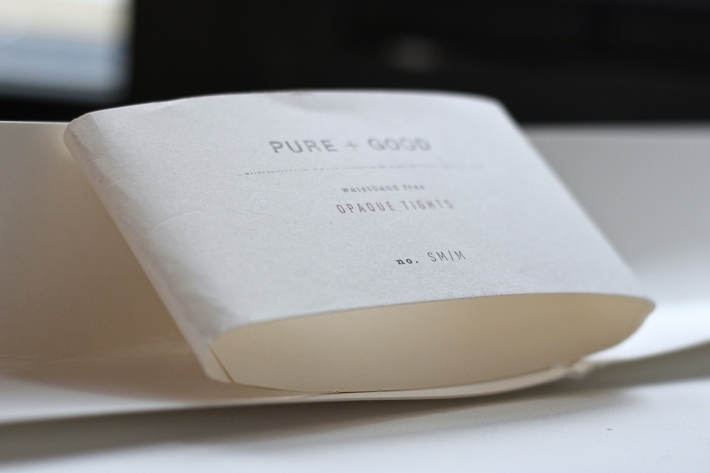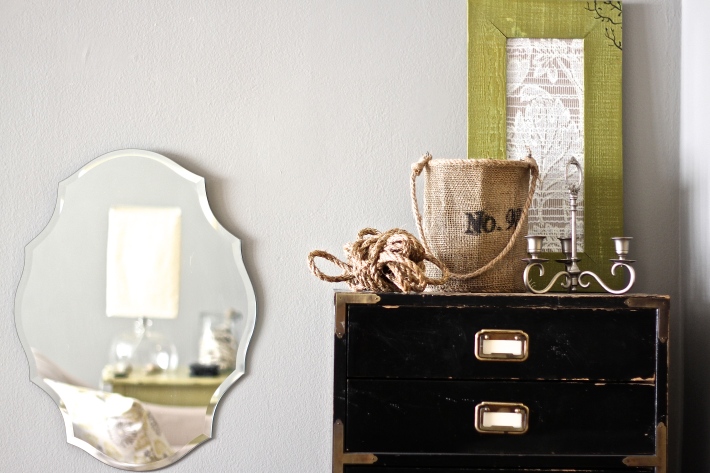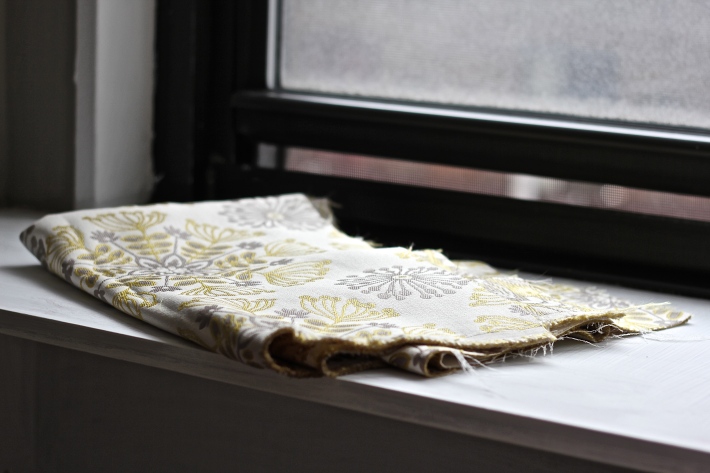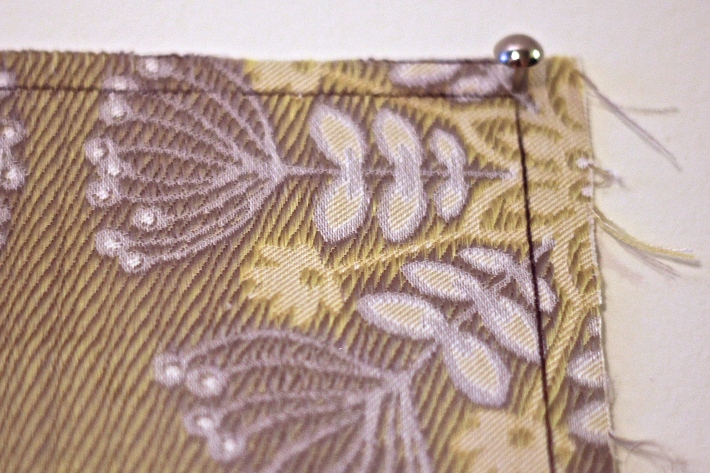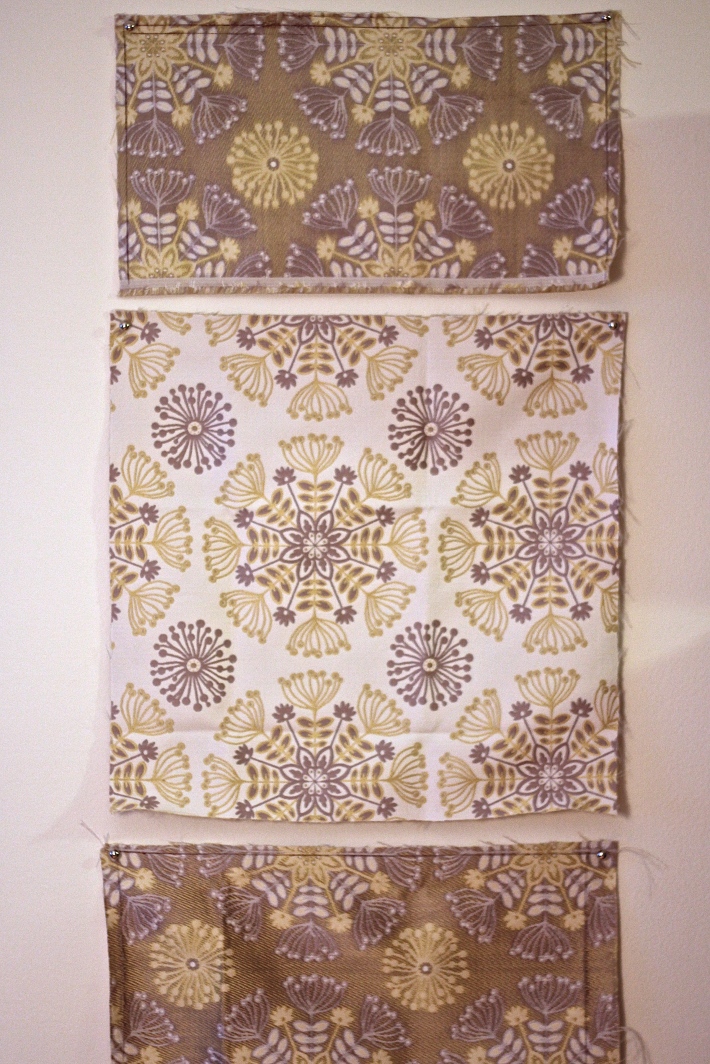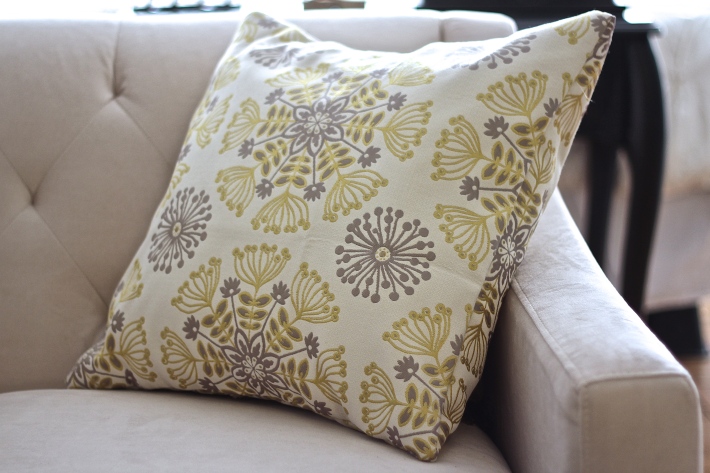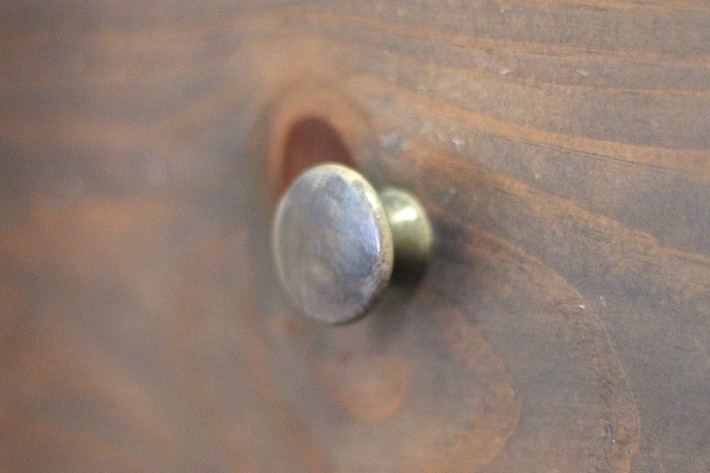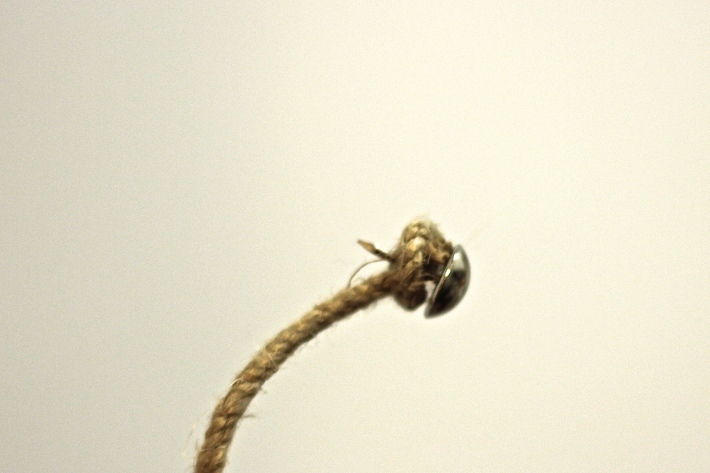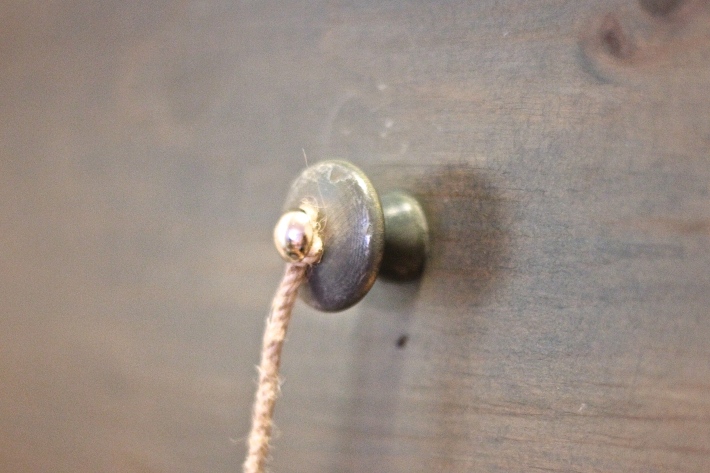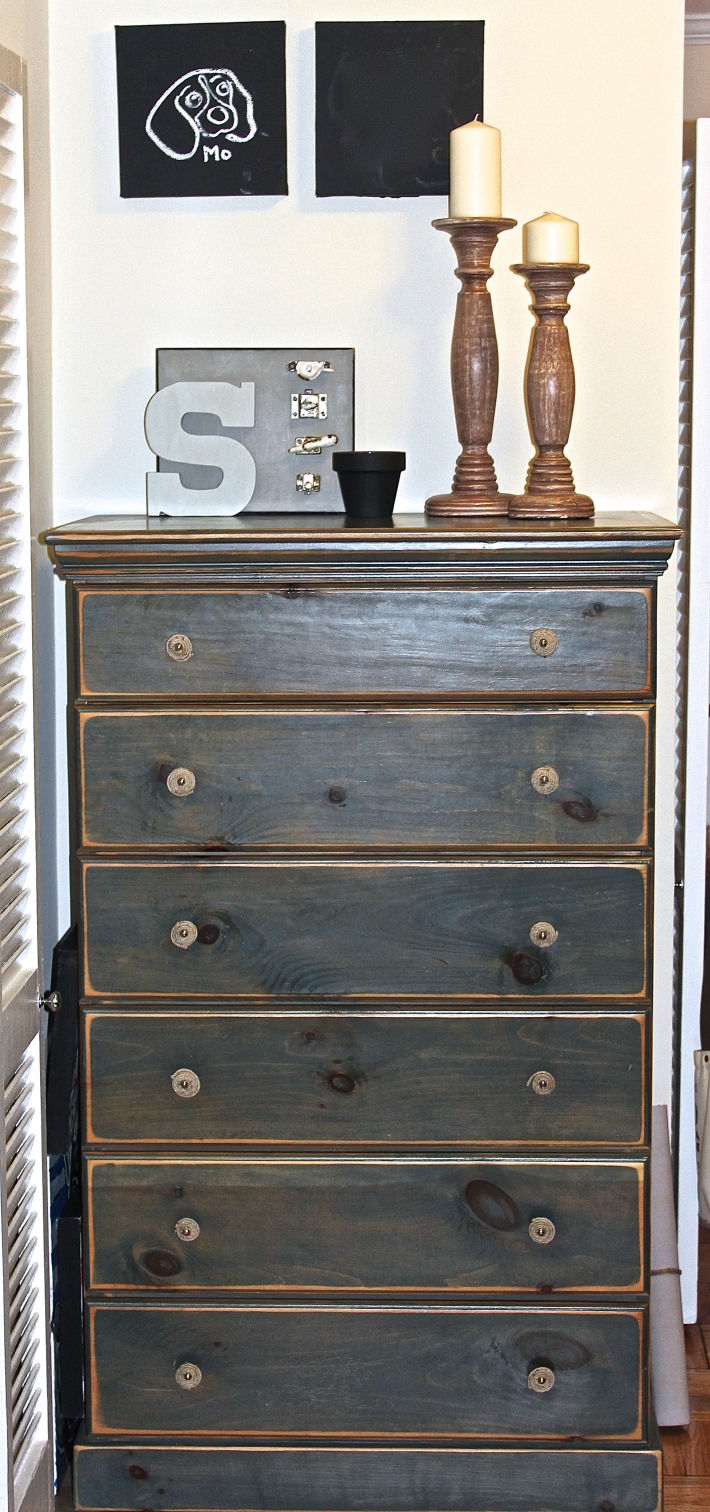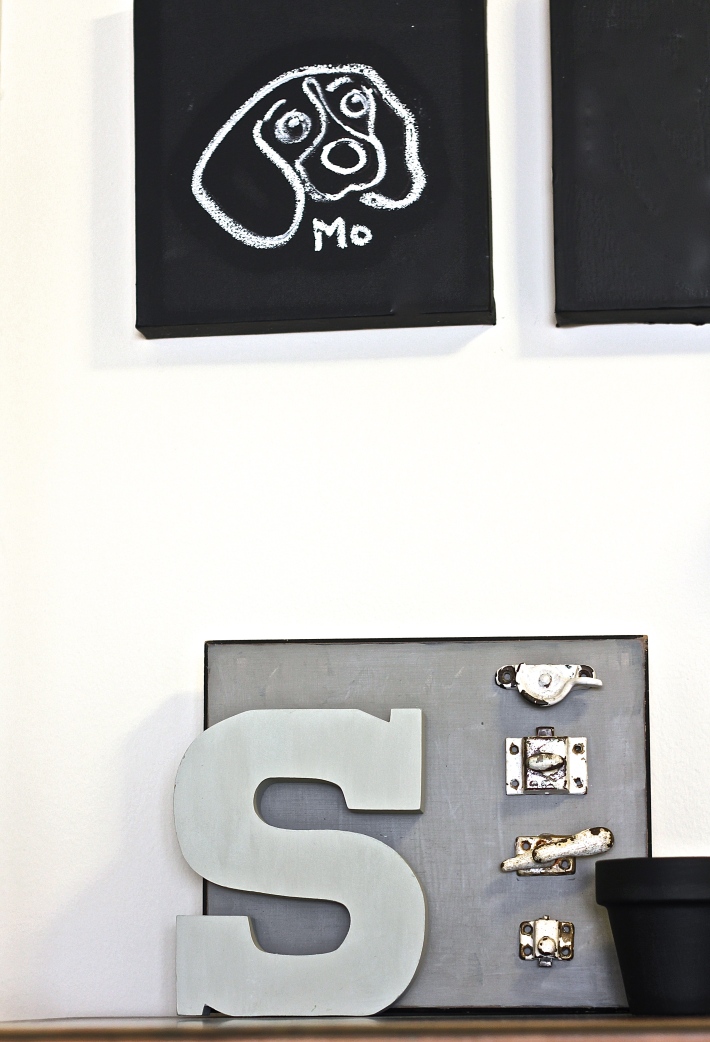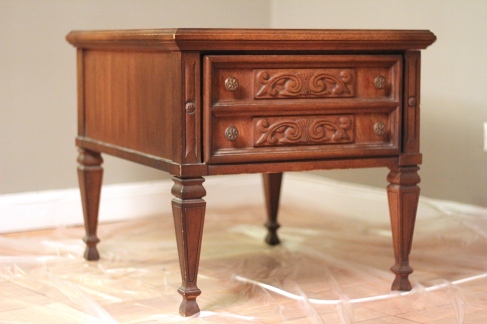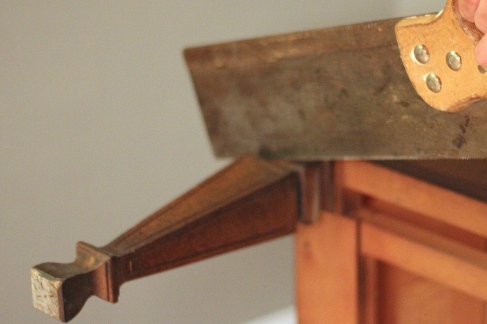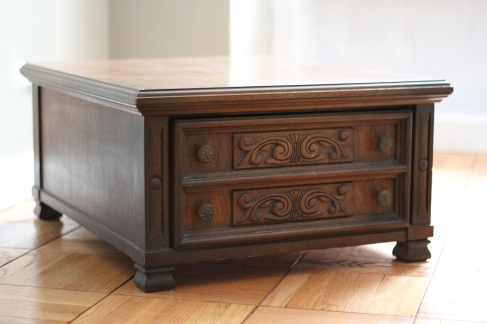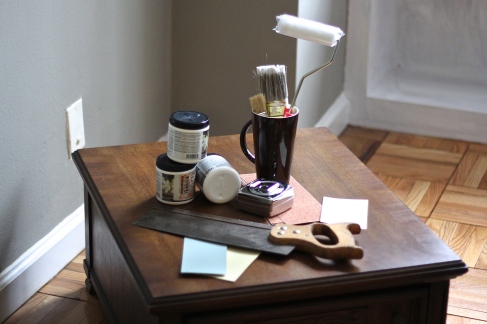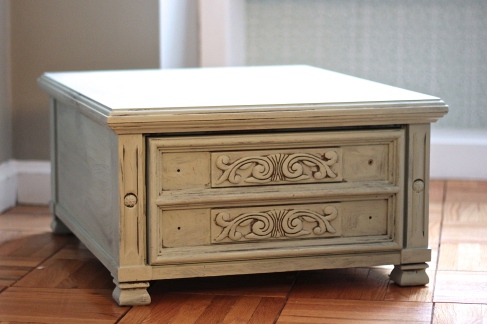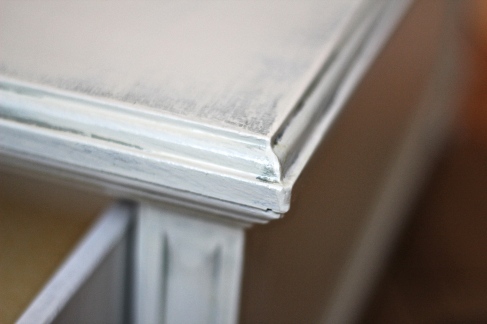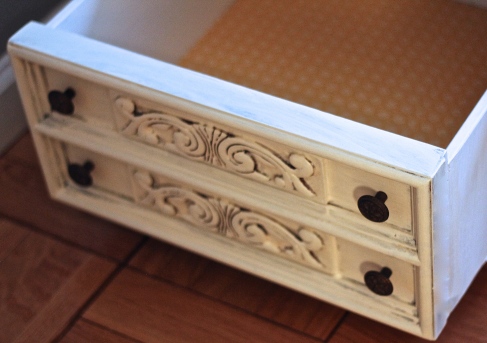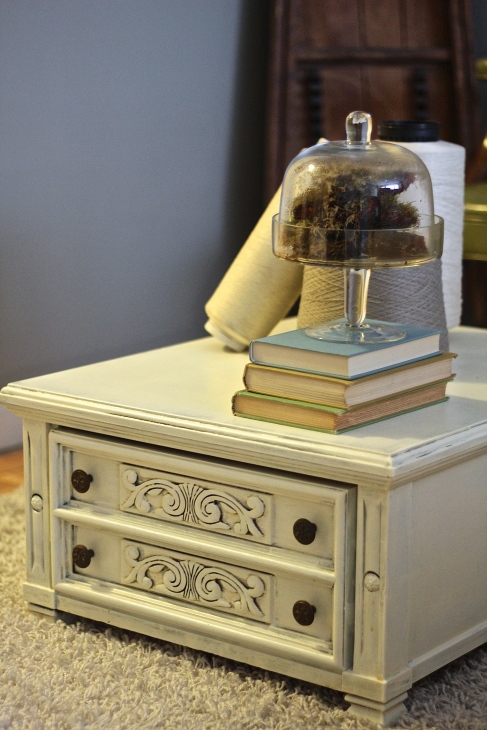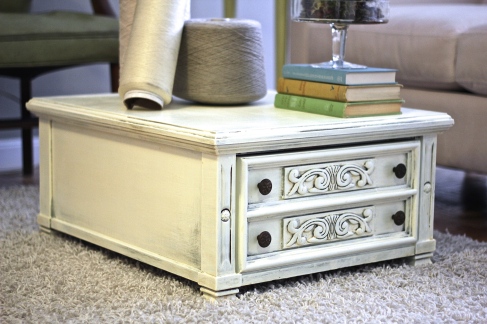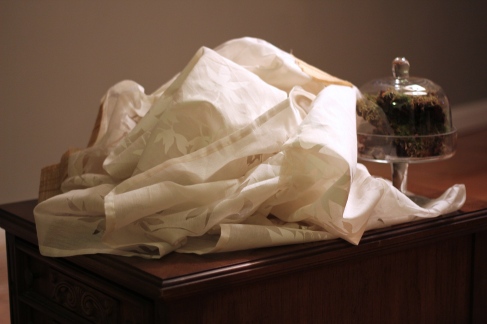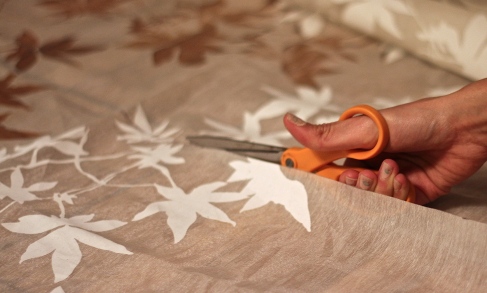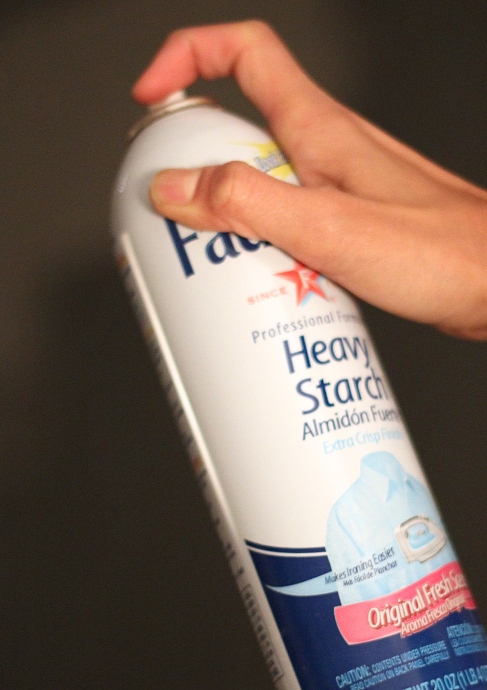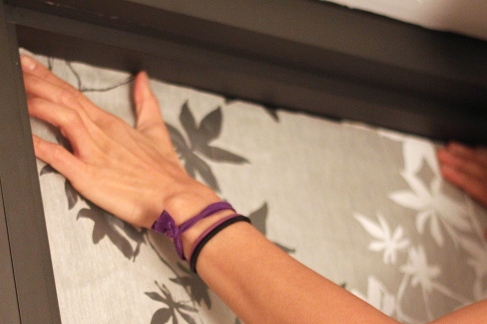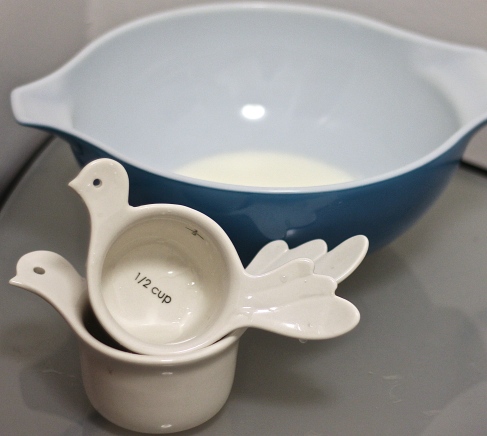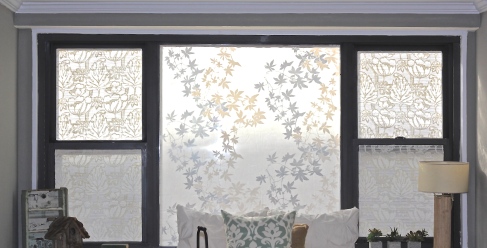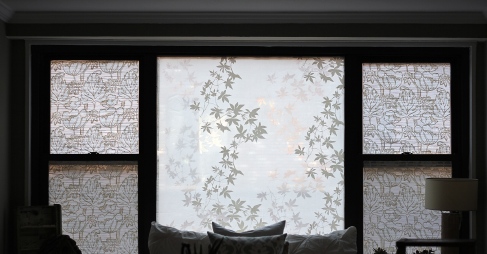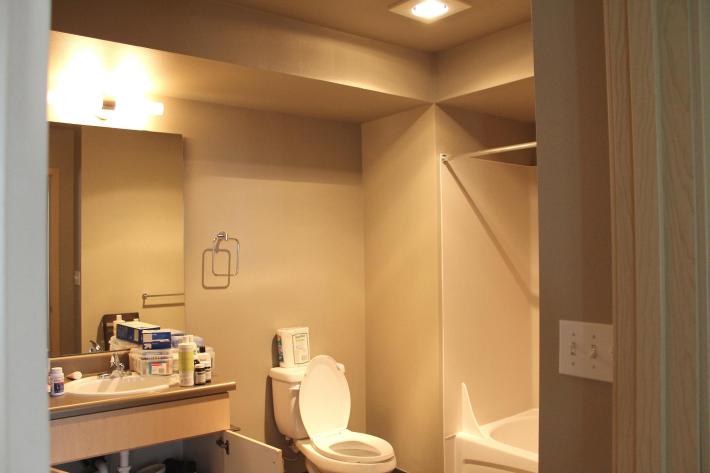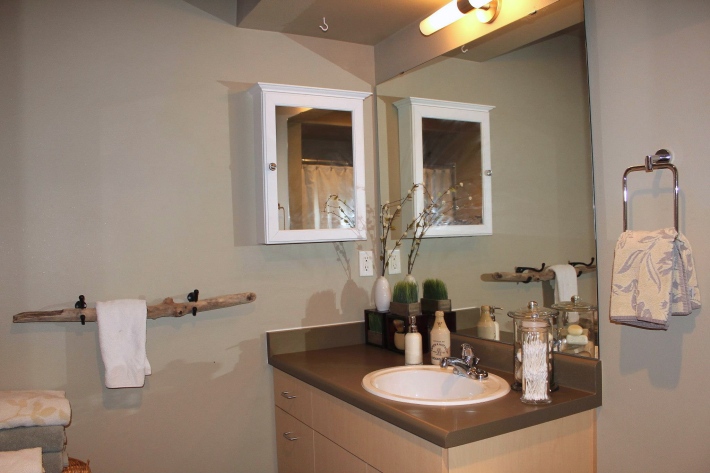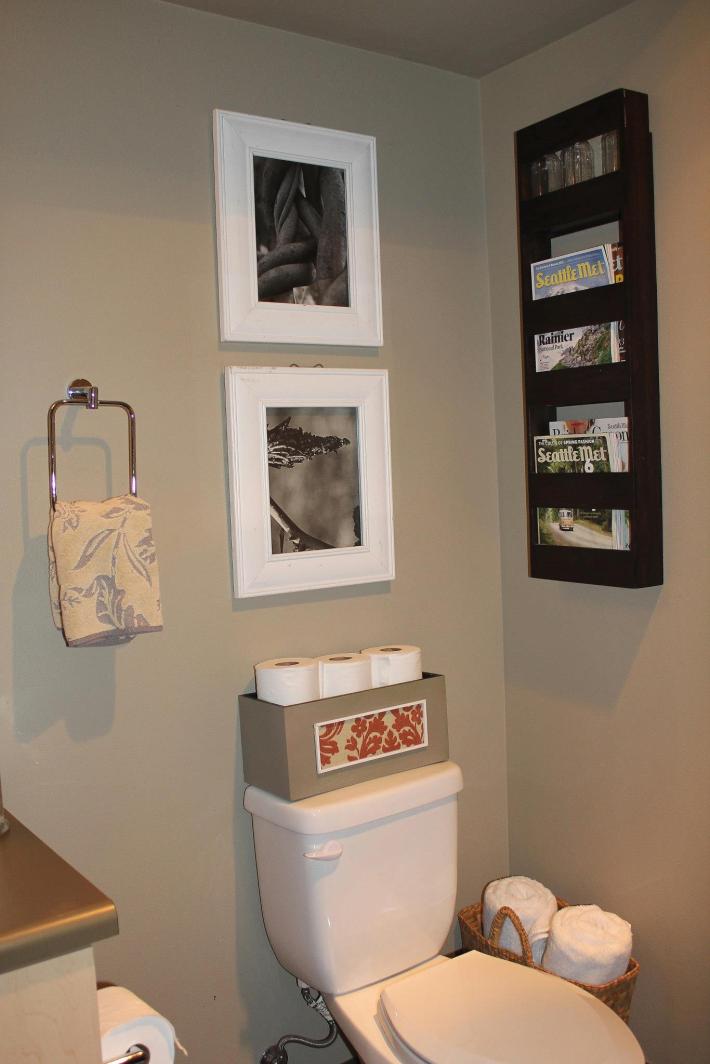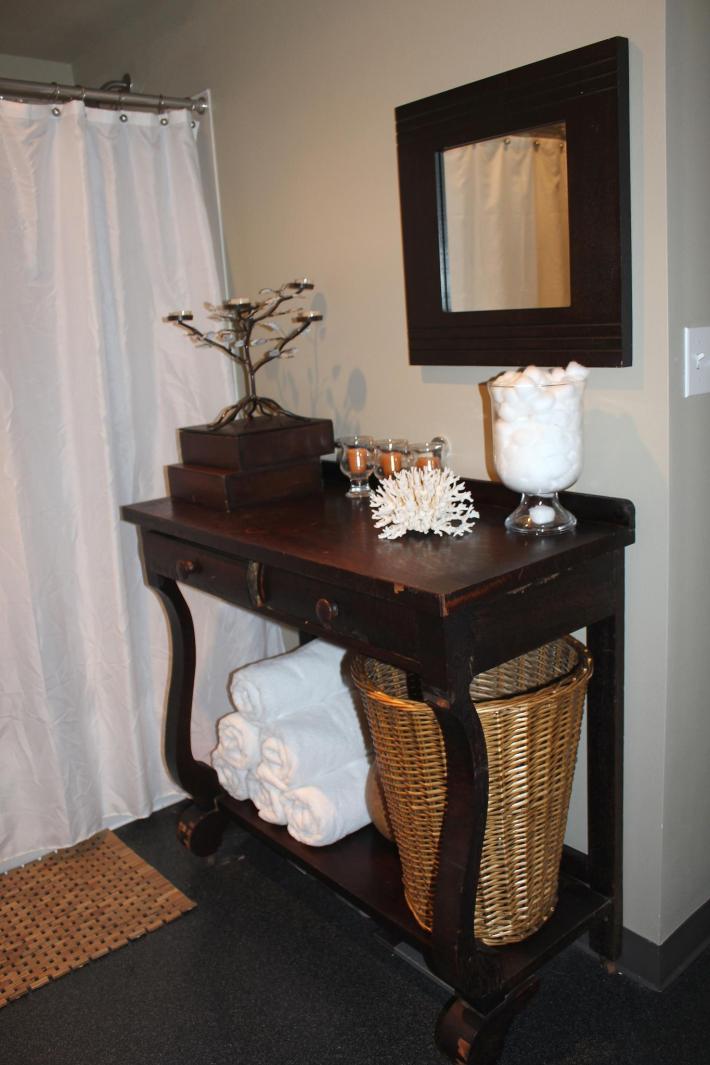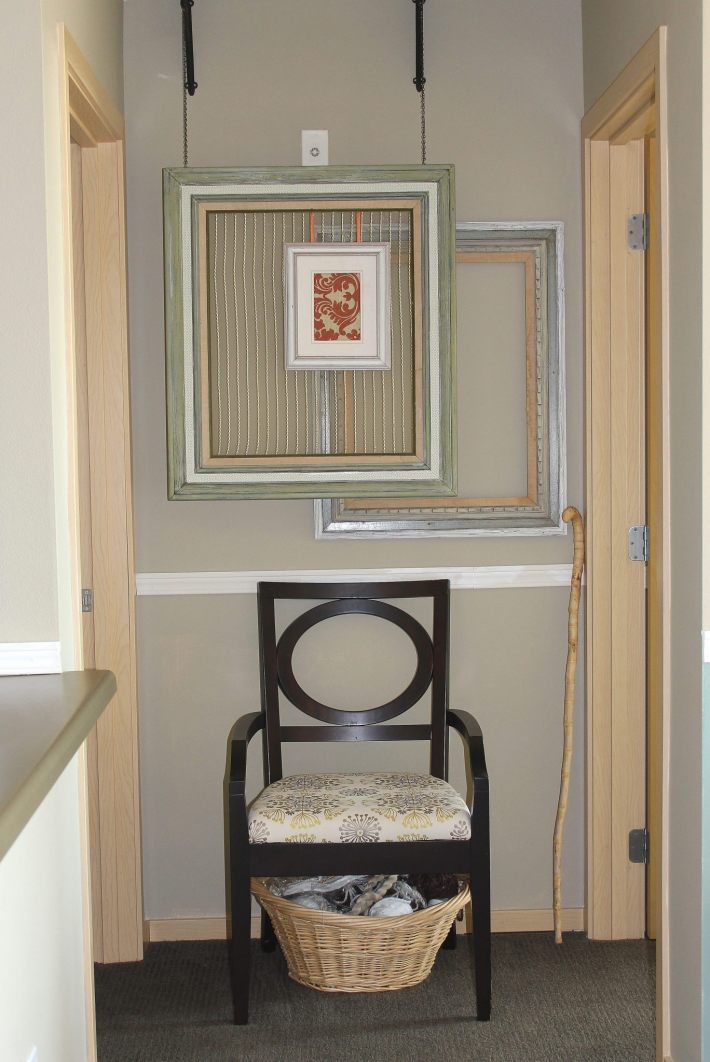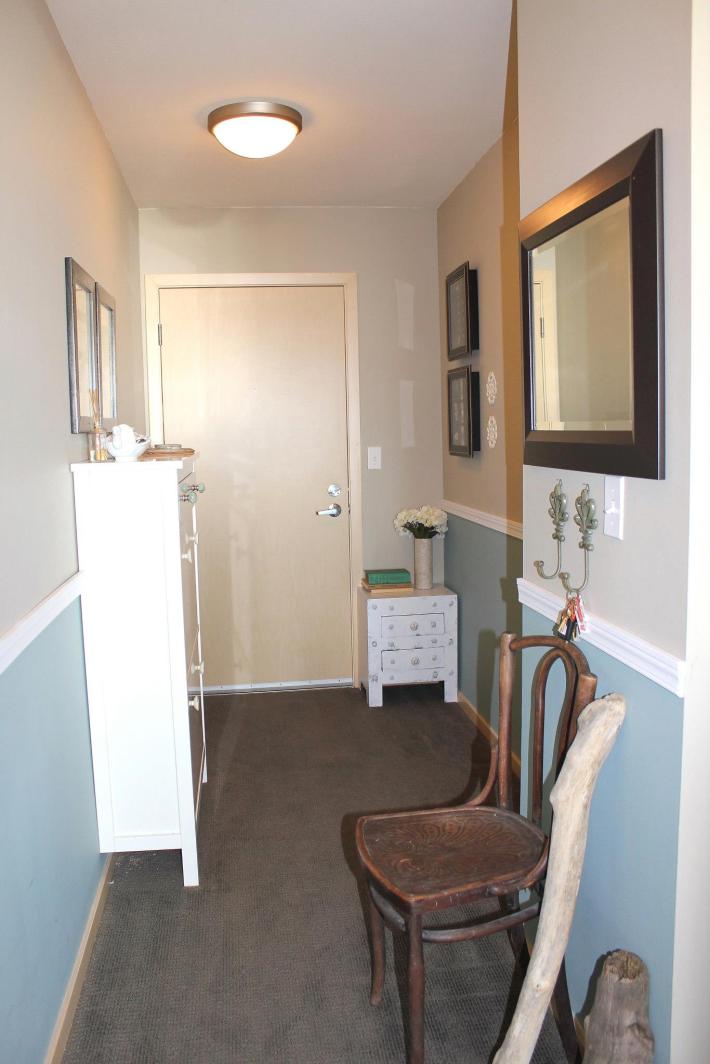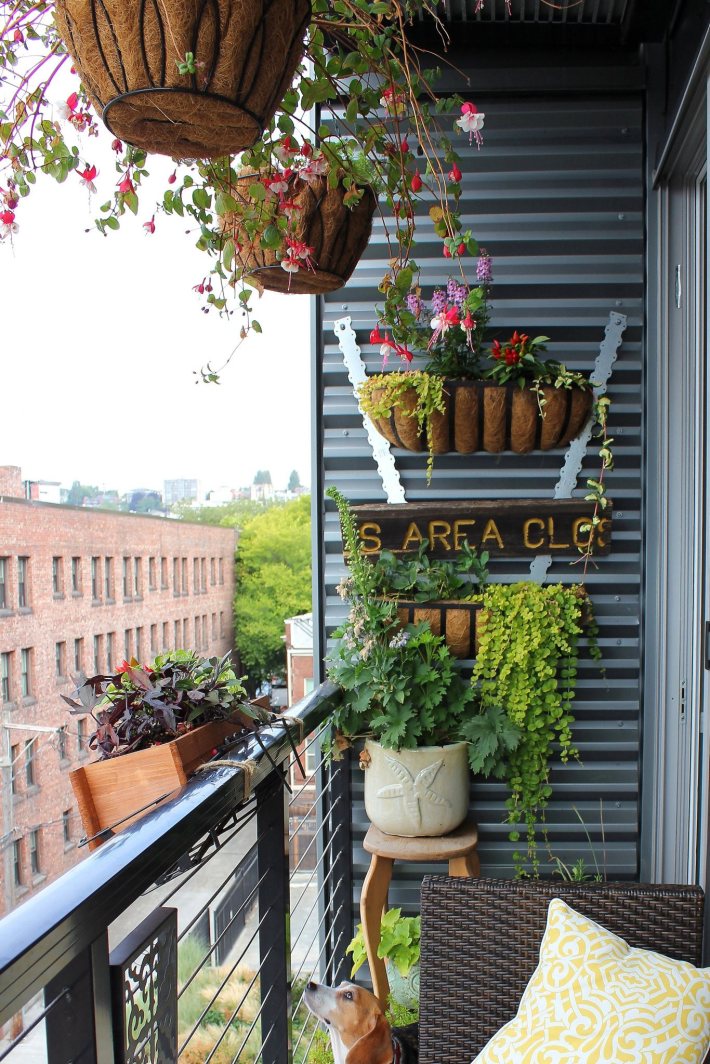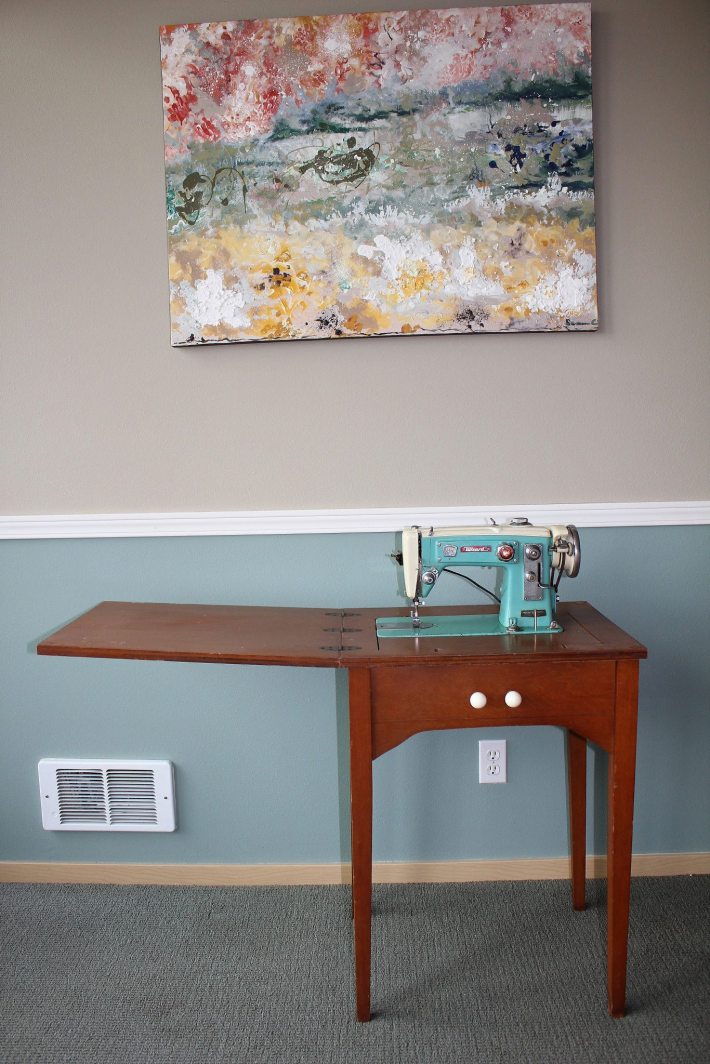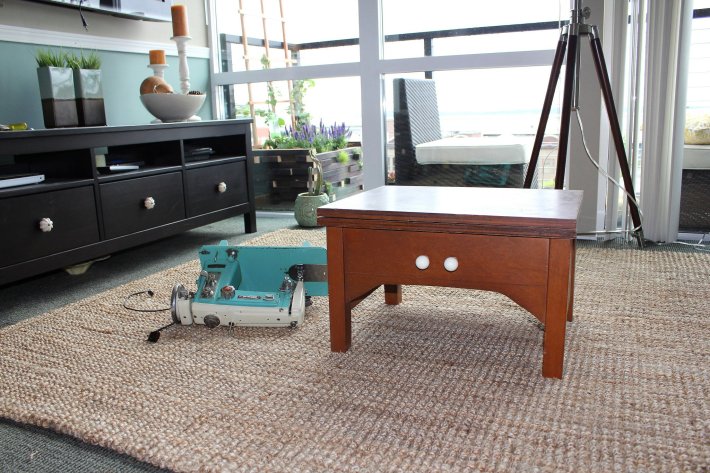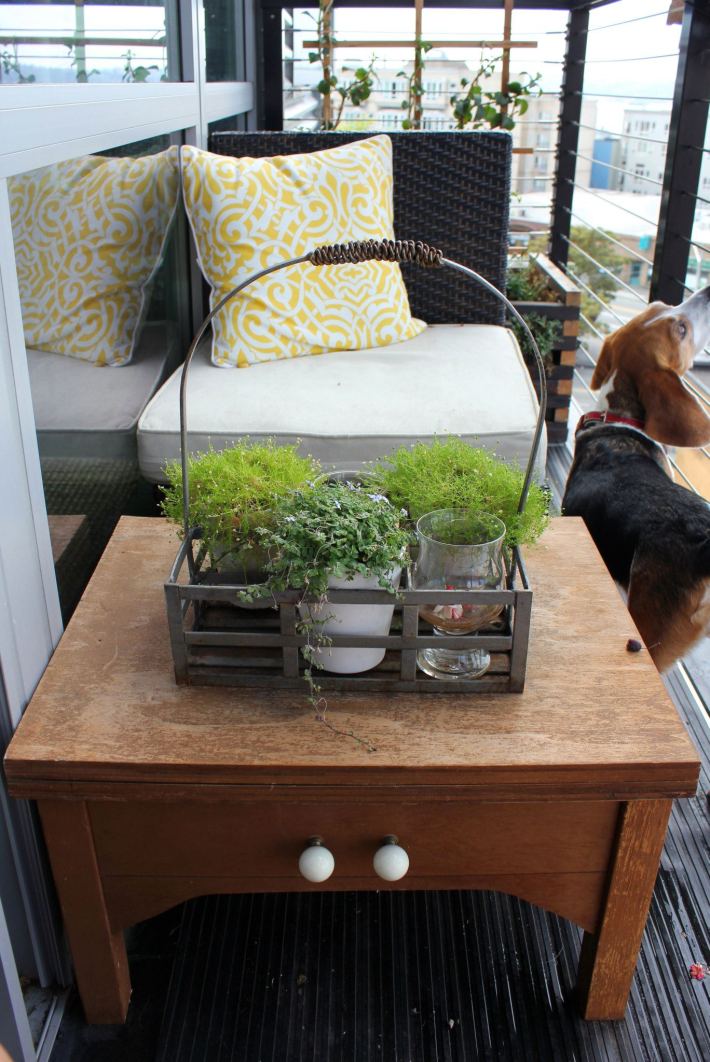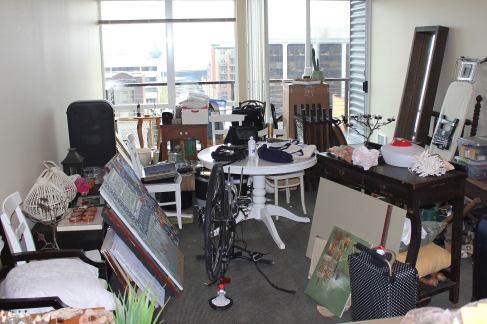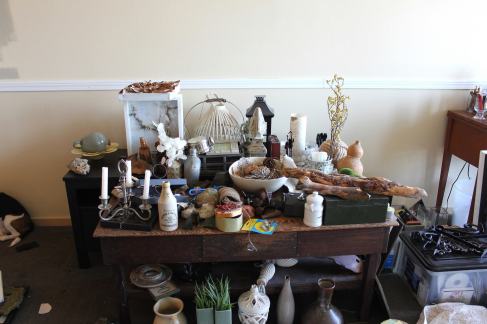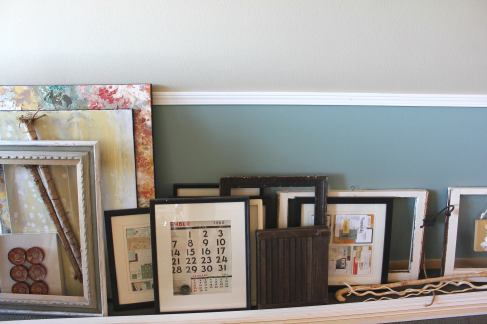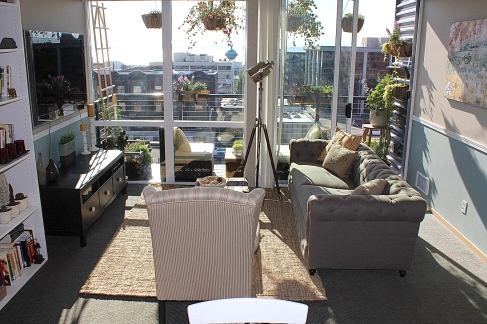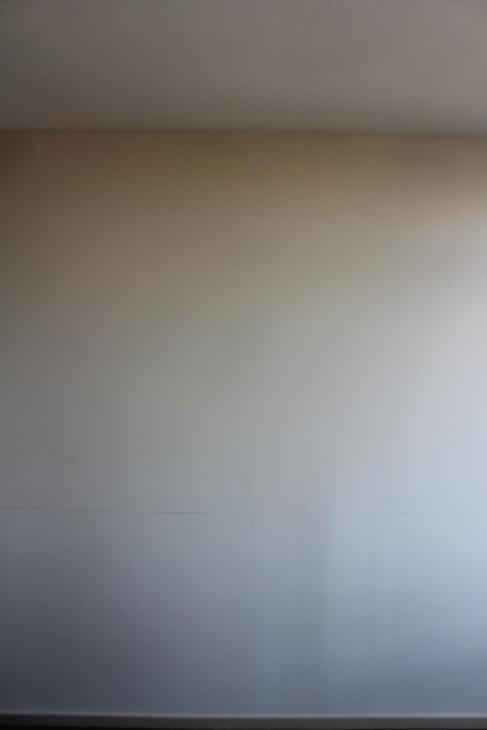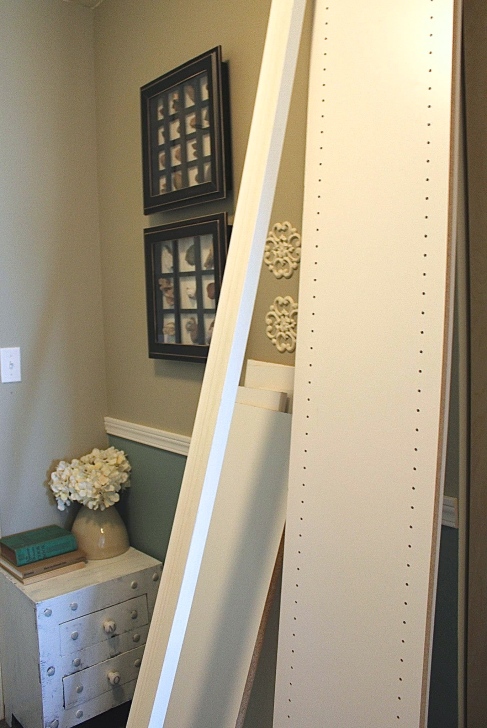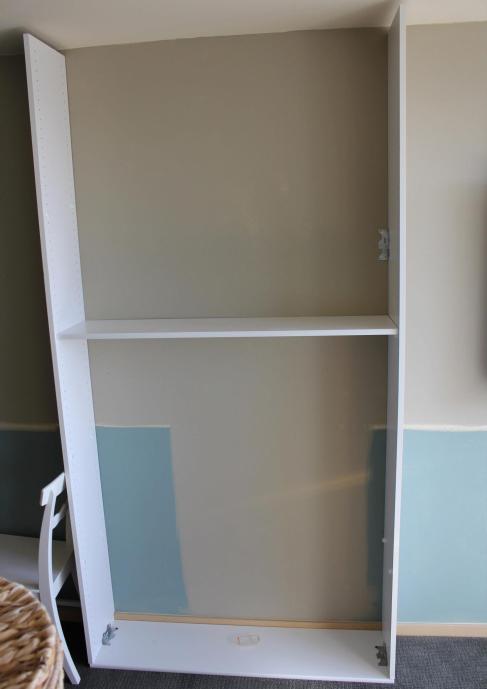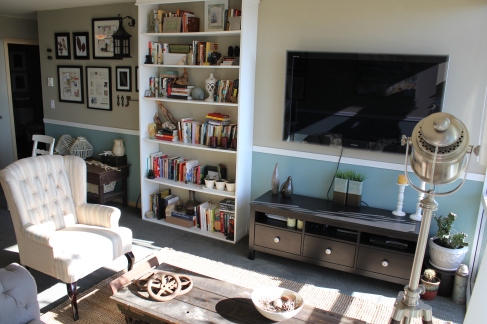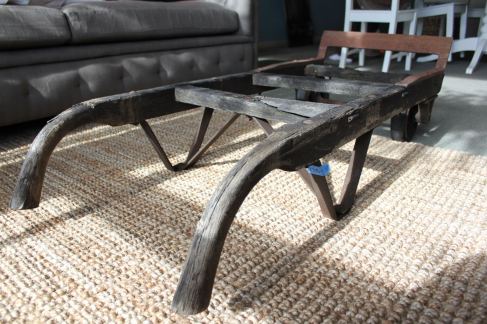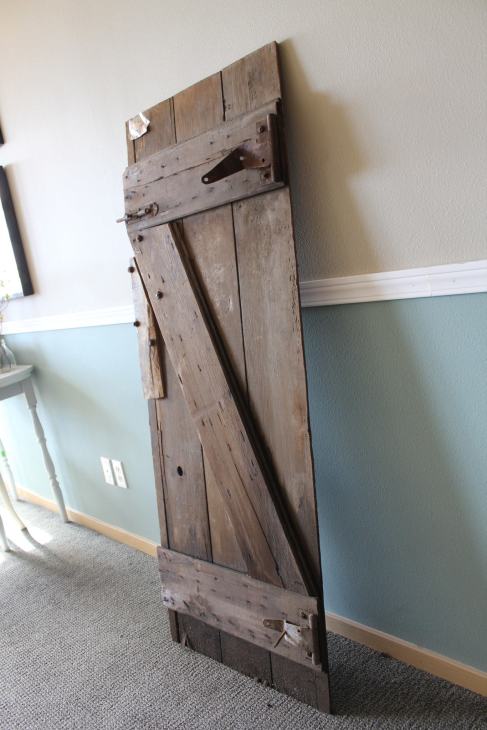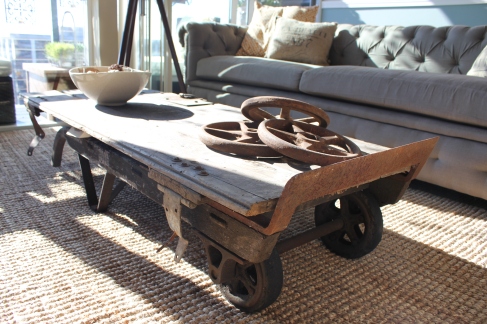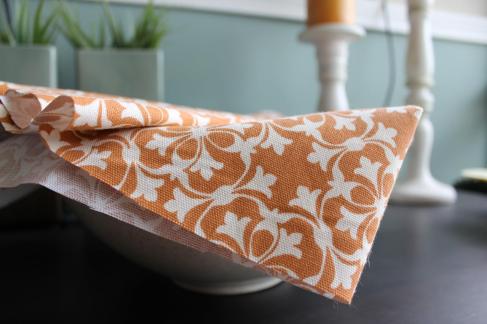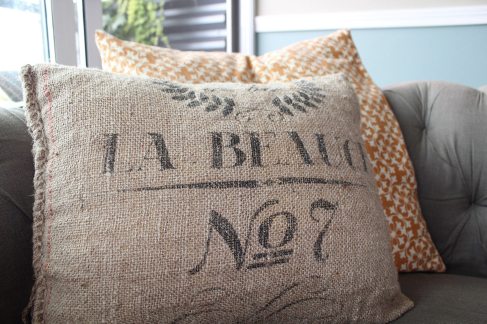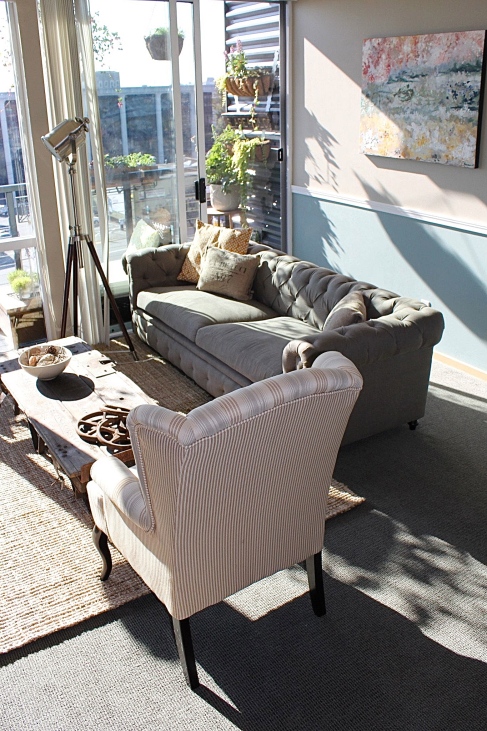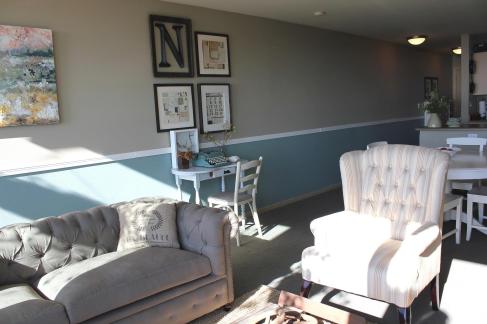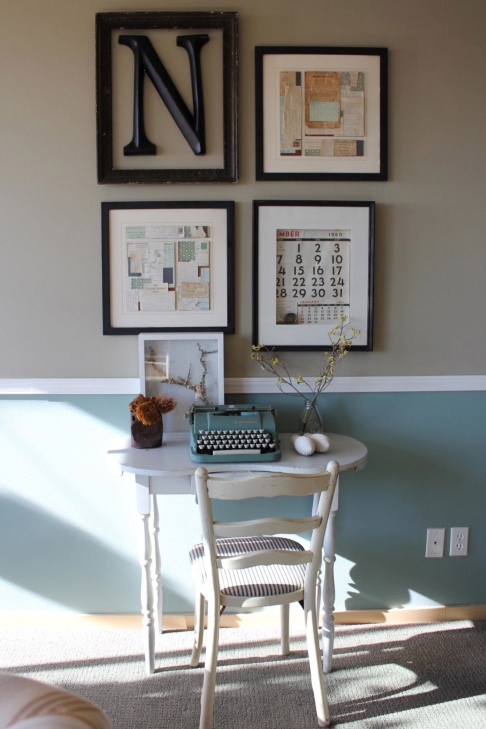Cheap people have the best ideas. Just ask my mom. She’s been cheap before it was cool to be cheap. The cool kids call it “Going Green” now. But if you were to tell my mom that she was going green, she’d probably think that she had gangrene.
Hand her a plastic bag with a scallion bunch, held together by a rubber band, and she’s in her element. First, she’ll cut the roots off of each stalk and replant those in her garden. Once cut, she’ll toss the remaining leafy section of the scallions into a pot. Rubber bands will go into a bag full of others that she’s collected since the Nixon days. They’re so old, they snap in half when you tug on them. I think she’s secretly planning on using them to build some sort of rubber band bomb shelter, in the event of a third world war. And then the plastic bag is used to hold all of the extra money she’s been saving.
She jangles this bag from time to time when she thinks her spendthrift children are exhibiting extravagant spending behavior. Like buying bottled water and not repurposing the plastic as a planter. Or not collecting rainwater, to use as irrigation. Can’t finish your rice? Use it as an adhesive. I used to have a pen pal in Africa who received letters from me, sent in homemade envelopes held together by leftover rice. Some people guilt-trip their children into finishing their meals because there are “starving children in Africa”. I literally sent my leftovers to Africa.
For most of my childhood, we kept pet chickens. Well, they were pets until they would inevitably become “missing”. These suspicious disappearances would often coincide with my mom cheerfully announcing to the family that the “chicken soup is ready!” This usually happened a few hours after we had called off the search for the missing fowl. As a child, I often thought that there was a chicknapper in the neighborhood with a voracious appetite for poultry dishes. It worried me that someone like that was on the loose, and I thought it was my civic responsibility to bring this to the public’s attention. Instead of posting up pictures of our missing chickens on the side of milk cartons, I suggested to my mom that we have chicken nugget boxes printed with a colored photo of our missing fowl friend, to alert the neighborhood. She just laughed and told me to finish my chicken soup cause, unlike rice, it’s no good as an adhesive alternative.
Having a pet chicken is only fun in theory. They poop. A lot. They poop while running away from you. They poop while they eat. They poop while you’re petting them. And you can only pet them in one direction, if you want to avoid ruffling their feathers. Then you feel guilty when you crave chicken nuggets after playing with them.
Besides, no matter how good your pet chicken is, it will always run away from you. Nothing is more traumatizing than being thirteen years of age, and running down a busy road, trying to unsuccessfully lure your pet chicken home, with a limp piece of lettuce. To make matters worse, our house was near several schools, so if it was during peak traffic hours, your chicken run performance was guaranteed to have a fellow classmate in the audience. If you’re wondering, chickens don’t respond to its name or commands. It’s not like searching for a dog and all you have to say is “Hello Pet Dog, are you hungry? Please come to me if you are.” Chickens aren’t stupid but they are technically birdbrained. To catch a chicken on the lam, all you can do is hope that it’ll run into a wall or wide pole so that you can swoop in and carry it home, underneath your shirt.
Fast forward to a year ago. During a visit to Portland, I came across a booth advertising “urban homesteading” services to the general public. This phrase was new to me but when I read the bullet points of what constitutes urban homesteading e.g. edible landscaping, pickling, raising farm animals; it was like reading an exalted description of my childhood.
I picked up the phone and called my mom. “Mom! Remember how I used to complain about gathering chicken shit to use as fertilizer? How, every time I drop off the dog with you, I’m a bit surprised that you haven’t attached a yoke and plow to her back and implemented her as a beast of burden? I take it all back. You’re cooler than 95% of America now. The word to describe you is ‘hipster’ and you being cheap is called “urban homesteading’”. There was a bit of silence on the phone and she finally replied, “You’re speaking with too many English words, I couldn’t understand a word you said. Are you trying to tell me that I need my hips replaced?” Oh mom, you’re so cool, you don’t even know it. And that’s what every hipster strives to be. That, and have good hair.
So, it probably comes as no surprise that I chose to forage and thrift my way into making bridesmaids gifts. I even added chicken wire as a sort of tribute to all of my past chicken friends/dinners. Here’s how I made everything:
Step 1: Walk outside. Collect some rocks. Walk back inside and take a nap. You’ll need it for your Goodwill trip, later in the day. I think Goodwill is one of the rare places where you routinely hear, over the intercom, “Will the parents of the two year old, who’s currently filling his basket with toys, please come and claim him before CPS does?” But that’s where I found the lace (99 cents apiece), blueish grey teacups ($1.99 each) and blank cards + envelopes ($1.99). I then stopped by Jo-Ann Fabric to see what else I could find. I left with these chicken wire boxes, which were $3 each, after being marked down at 70% off. I don’t remember how much the scrapbooking paper was but it was probably under 70 cents apiece.
Step 2: Cut out the scrapbook paper in fancy shapes and glue it onto the blank cards. Write on top of it, let it dry and glue on the lace fabric. You’ll probably mess up a few times. I sure did.
Step 3: Paint the copper colored chicken wire box with off white paint. I deliberately left some areas “distressed” to make it look like as if it had been pecked at by a bunch of hungry chickens. Then, line the box, with the rest of the scrapbook paper, to give it that “sophisticated henpecked” look.
Step 4: While the box dries off, tear out some pages from a book and glue it onto the insides of the envelopes. I used a book that was falling apart, but you can use whatever book you’re not reading. Just scan the page before glueing it on. You don’t want to be sending your grandma steamy scenes from a grocery aisle novel. Unless she was the one who gave you the book in the first place. While the glue dries, I took embroidering thread and sewed on a border to my cards.
Step 5: Put on some pants and go back outside to collect some branches. I got these off of the beach. Then I burned the wedding date into each piece. I also wrote the names of each bridesmaid with white ink because nothing impresses people more than their names written on random objects.
Step 6: Cut out a piece of sponge and glue it onto the bottom of each teacup. You’ll want to make sure that the sponge is dry and the teacup is clean, when you adhere the two together.
Step 7: There’s a lot of moss in Seattle. It grows everywhere. Roof tops, abandoned cars, sidewalk cracks. So, I gathered some while on a walk with the dog. It was growing on the sidewalk. I thought about sending a bill for “moss removal services” to the CIty of Seattle but that requires too much effort. But use whatever is abundant, around you.
Step 8: Water the moss and fashion some tags out of the scrapbook paper you’ve been cutting off of. I wrote down the city where the wedding will take place at.
Step 9: Add something sweet. I baked some sugar cookies. Then I ate half. But six remained. Oh, I cut them out in the shapes of each bridesmaids’ state of residence. For some reason, I had a Texas shaped cookie cutter. For Arizona and New York, I cut the shapes out, freehand. The first picture is unfrosted and the second is frosted, even though you can barely tell. I would’ve re-frosted them in a darker color but after eating a dozen of them, it kind of grew on me. So I left them, as is.
Finished!


